Opinion: Are we learning?
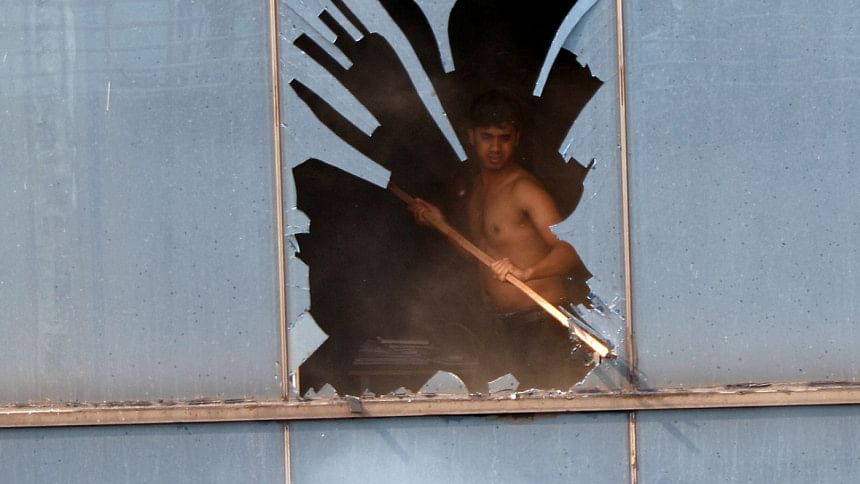
We lost 25 office-goers last Thursday for no fault of theirs. Scores remain injured, some in serious condition.
People will die in a fire if they cannot escape through a proper route. The victims could not and so a few jumped, others overcome by smoke, and some severely burnt.
According to a floor plan of the building posted on Facebook, there are two stairs but, violating the rules, they are adjacent to each other, sharing an open lobby with the lifts. One of the staircases share its landing with the lift lobby, and is open.
This is a hazardous common feature in almost all buildings in Bangladesh with a few exceptions. The other staircase, one assumes, was locked or unusable, and no one was able to escape using it. The unprotected open staircase became a chute for smoke to engulf the entire staircase.
All stairs in a building must be of the enclosed type, so that they do not become vertical channels for smoke to spread and thereby prevent people from using it during a fire.
Stairs for escape should be suitably located as far apart as possible. If fire attacks one, people may escape by using the other. In most buildings, the situation is contrary to the rules.
Exit stairs must be enclosed by fire resistant materials (30 to 60 minutes) with self-closing fire door. Every staircase should be a compartment.
Two staircases are often provided, but they are next to each other or very close by. A larger building requires more than two stairs depending on the number of users, but this requirement is not always met.
Panic is natural to set in and people will take unknowingly extreme measures like jumping from height. Regular fire drills and a mandatory Refuge Cell could have saved lives.
Compartmentation contains fire and smoke within a compartment by preventing their spread horizontally throughout a building. A protected staircase helps prevent fire and smoke from travelling vertically.
Compartments on different floors helped people from being overtaken by smoke. Some in distress were able to post on Facebook. Several were rescued by the fire service. This is the task of Refuge Cells, a mandatory requirement in tall buildings.
Every large building must itself be a self-sufficient Fire Station: equipped with detection, alarm, means of escape, extinguishers, sprinklers, water, foam and carbon dioxide (if required), AND trained manpower with a Fire Marshall/Supervisor on each floor.
Dedicated Safety Committee in every building, including apartments, must meet regularly to update information related to fire prevention, precautions and control.
Tall buildings must have a Refuge Cell on each floor, where people will take shelter before rescue forces can reach them for safe evacuation after dousing the fire.
Fire Service cannot save life in the first few minutes of a fire. Even in the UK, response time of Fire Service is almost nine minutes. Here, traffic situation and narrow roads are major impediments. Road width should be minimum 4.5m wide with 5m height clearance for fire engines.
Rajuk has made it a habit to come up with a “not guilty” statement after any disaster, saying that a particular building did not follow its rules. Why after, and not before, a life-threatening incident? Let Rajuk publicly declare today the buildings that are potentially at risk in case of fire, earthquake, and by poor design, construction or maintenance. Rajuk shall mark such flawed buildings with red-lettered signage. The owner of a threatened building shall either renovate and retrofit, as applicable, or lose licence to operate. The public will avoid renting, visiting or using such buildings.
Architects and engineers should educate themselves further and be extra careful. We have a duty to serve not only the paying client/owner, but also the unknown public. Architects should collectively refuse to provide service to building owners and developers, who have the inclination to violate rules and codes.
Several government authorities have affirmed that persons responsible for the FR Tower fire will be brought to task. Their commitment should include other buildings in the area and the city, which are equally tall, have wrongly designed, maintained and located staircases, and have breached safety requirements. Their decision will save lives in the near future.
(The writer is an architect. He introduced the postgraduate course “Safety and Security in Buildings” at Buet in 1988)

 For all latest news, follow The Daily Star's Google News channel.
For all latest news, follow The Daily Star's Google News channel. 

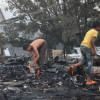
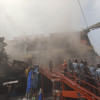
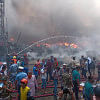
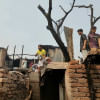
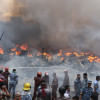


Comments